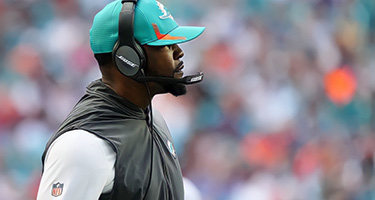In April of 2015, Pennsylvania federal district court judge Anita B. Brody approved a settlement between the National Football League (NFL) and retired football players intended to resolve thousands of concussion lawsuits dating back to 2011. The settlement covers all living NFL football players who retired before July 7, 2014 (over 20,000 players) and could result in a payout of $1 billion.
A group of retired players challenged the settlement in the U.S. Court of Appeals for the Third Circuit. The group contended that the settlement was unfair because, among other things, it excluded players diagnosed with chronic traumatic encephalopathy (CTE). Currently, CTE can only be confirmed postmortem, but the group argued that the settlement did not adequately account for the potential that medical knowledge regarding CTE may improve and that CTE may, through expected developments in medical research, be something that can be diagnosed in people while they are alive.
The Third Circuit rejected those arguments finding no “clear error” in the district court’s findings on the CTE argument and that the court was well within its discretion in determining that the settlement was reasonable.
After the Third Circuit’s decision, the group of retired players asked the Supreme Court of the United States to review of the appeal. On December 12, 2016, the Supreme Court denied the request for review, closing the door on challenges to the proposed settlement. The Supreme Court’s denial of review was not a surprise because the Supreme Court only accepts 1–2 percent of the cases it is asked to review, and generally the cases picked for review are those that resolve a split in how federal circuits apply a law or those that involve a particularly important federal legal issue.
The case will now return to the district court to implement the settlement and begin the payout to retired players. More than 100 former players opted out of the class settlement, reserving the right to sue the NFL on their own.































